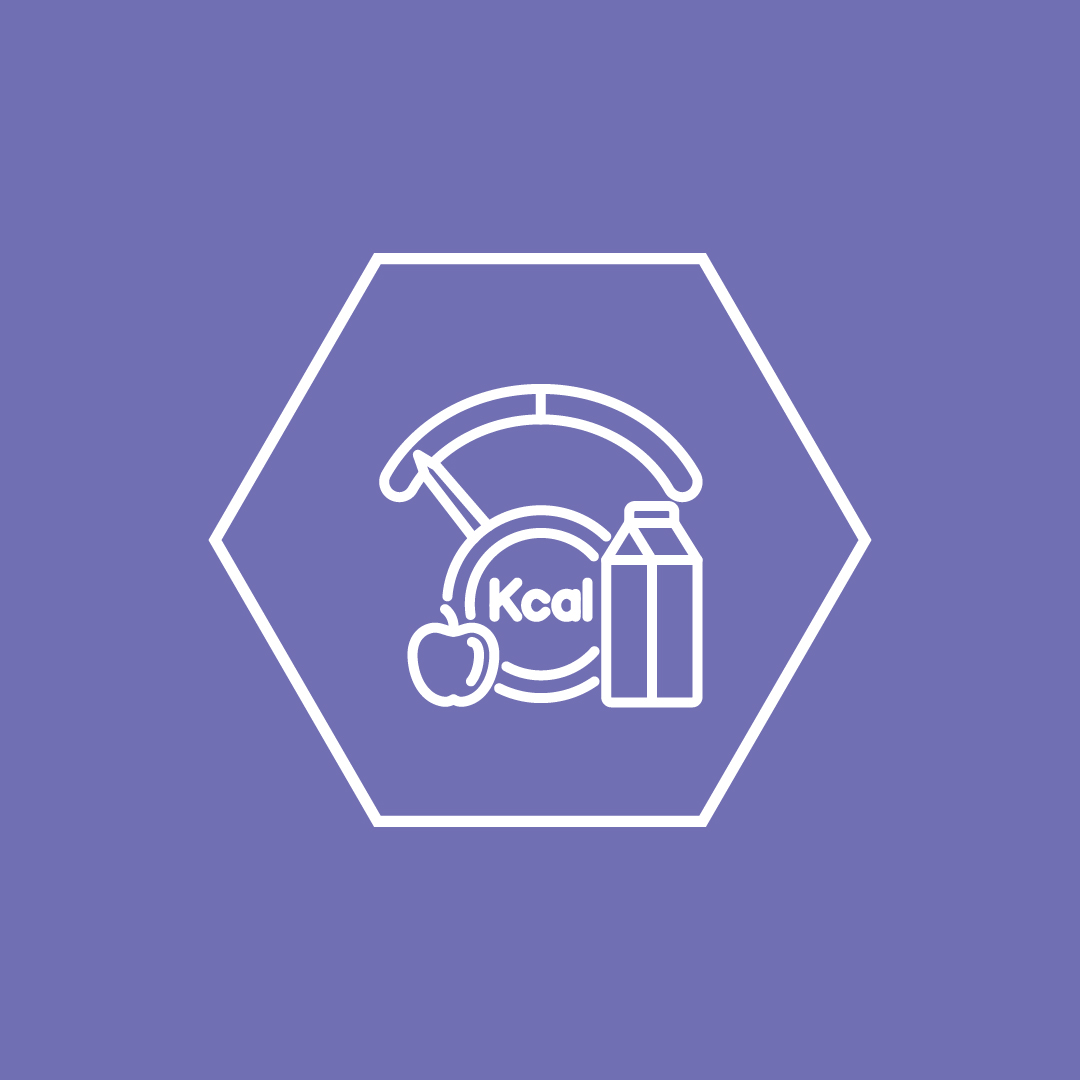Cost Matters
83% of UK adults have less disposable income due to the cost of living crisis*****. Half of the UK say they’re now spending less on eating out than they did last year*. And younger adults, who are typically the most lucrative group to target in the out of home market, are the most likely to say this.
Consumers have become more price-led than they were last year with 72% now considering price a priority when choosing where to eat out at***. Deals and promotions, subscriptions, and in particular emphasising value for money, are all things we expect to see more of whilst operators aim to appeal to cost-conscious consumers.







